Theory
What Is Boredom?
Boredom is a pervasive yet complex phenomenon which researchers have attempted to describe, but no real consensus has ever been made. Mann and Cadman, however, suggest that boredom does not denote a situation in which one has completely nothing to do; rather, there is no activity the individual is keen enough to do or continue doing (Mann & Cadman, 2014).
It’s Role
Despite the general association of boredom to negative feelings, as well as negative consequences, several researchers believe that boredom as an emotion has at least a purpose, and being bored might actually be advantageous. Scott & Lyman (1968) argues that boredom could be used as a tool to communicate a person’s lack of presence. Others (e.g. Klapp, 1986 and Hoover, 1986) argue that boredom could be a defending mechanism against unwanted external stimuli. One specific idea that I am interested in is that boredom could lead to increased creativity, even at least quantitatively (Mann, et.al, 2014).
Indeed, boredom is neither a silver bullet nor have a substantial benefit by itself; rather, an essential part of the whole idea incubation & generation process that undermines creativity–or serendipity as Mel Woods last time worded it (Makri et. al. 2014). To be able to give way to creativity, we must be able to bear with boredom much like the patient kids in the Marshmallow Experiment (Walter, et.al 1972). Only when the boredom prolongs, we would then enter a daydreaming phase, in which our mind shifts focus from boring external stimuli into more attractive internal contemplation. This condition allows us to keep working subconsciously, while at the same time find new perspectives and connections among previously seemingly unrelated things in our mind (Smallwood, 2011).

Figure 1. Boredom to daydreaming
Technology, On the Other Hand
Technology is everywhere and anywhere. It is so easily accessible, that we use them without much effort and consent. It has also provided many solutions to our problems and new insights into the future. It has indeed become an inseparable part of our modern life.
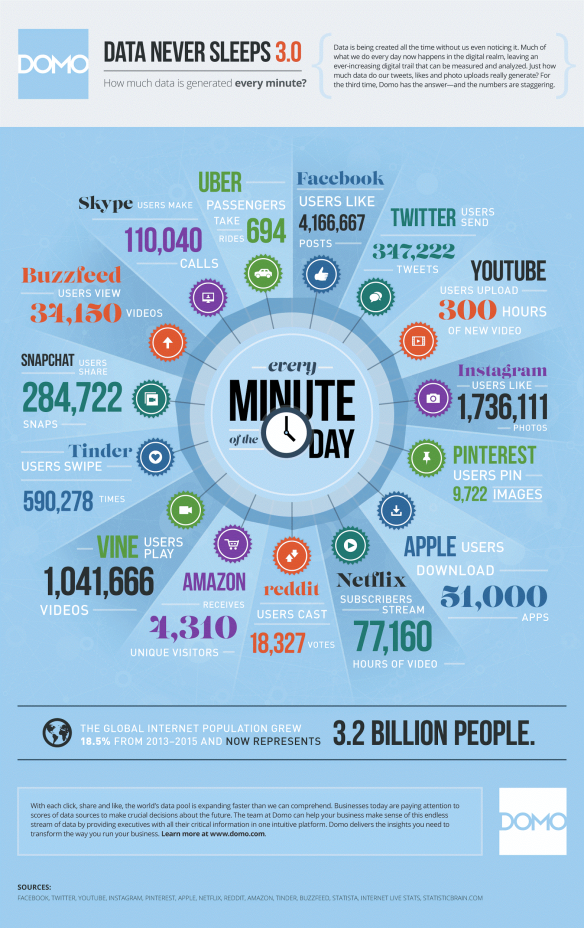
Figure 2. The internet in a minute (2014)
The ubiquitous nature of technology has shaped many aspects of our lives, one of which the perception of time and energy. When immersed in technology-powered media, we tend to incorrectly perceive and calculate the time and effort needed to perform activities. For instance, when we think of just having a glance on the Facebook feed, it prolongs into an hour of procrastination.
Technology has given us an easy way of escaping boredom; and consequently, creativity (Cooke, 2011). For example, we would turn to the laptop on the desk and browse the internet every time boredom appears. Or we would automatically reach our smart phone and turn on Facebook or Twitter when waiting. These habits have effectively eradicated our chance and tolerance to being bored.
Nevertheless, if we take a step back and look at technology as a tool/medium, we should be able to find a compromise between technology and boredom. Thus, I inquire:
With technology as a medium, do we dare to re-embrace boredom?
Research
What Others Have Made
Several people have developed mobile-based applications in order to negotiate the issue of boredom and technology. Most of these are monitoring-type, i.e. the application tracks daily use of the mobile and reports back to the user. These applications do not explicitly put any constraint to the user as what they essentially do are tracking and reporting back. Included in this type of application are Moment by David Holesh, BreakFree by the couple Mrigaen and Nupur Kapadia, and Checky by Calm.com.
![2016-05-02 10_39_51-Reportv.2.docx [Compatibility Mode] - Word](https://casuallynoted.files.wordpress.com/2016/05/2016-05-02-10_39_51-reportv-2-docx-compatibility-mode-word.png?w=584)
Figure 3. Moment, BreakFree and Calm
Questionnaires
I sent out two sets of questionnaires during the whole course of the project. The first one was to uncover essential problems that are happening to people related to my triangle and assist me in finding the ongoing issue between boredom, creativity and technology.
The overview of the first set can be accessed here:
https://docs.google.com/presentation/d/1OOzTNIytanIgfDk7I9EUjRJZzim8c_o4Ktf1LQdEnzs/edit?usp=sharing
From this, I have identified three issues that could be nominated as the project’s main topic, and considering the relevancy of available resources (e.g. DI talks, lectures) at the moment, I decided to go with Boredom.

Figure 4. Triangle to topics
Therefore, the second set asked people how they perceive boredom and what makes them bored.
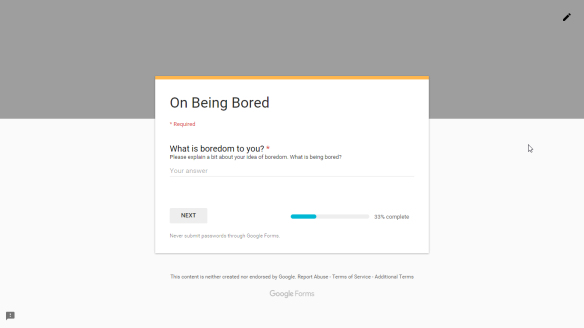
Figure 5. Q2 first question
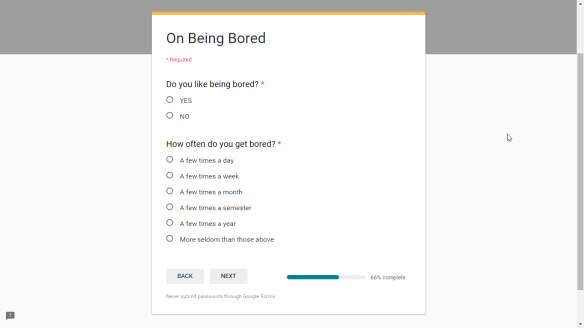
Figure 6. Q2 2nd & 3rd questions

Figure 7. Q2 4th & 5th questions
The results are as follows:
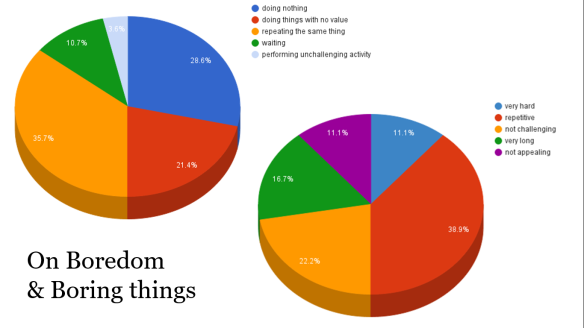
Figure 8. What people say bore them
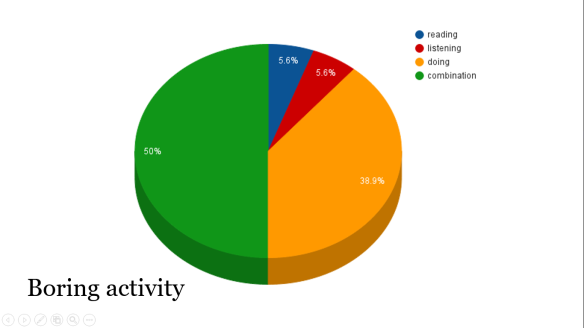
Figure 9. Boring activities
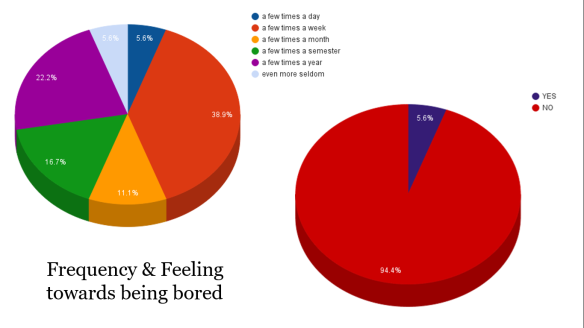
Figure 10. Being bored frequency & position towards boredom
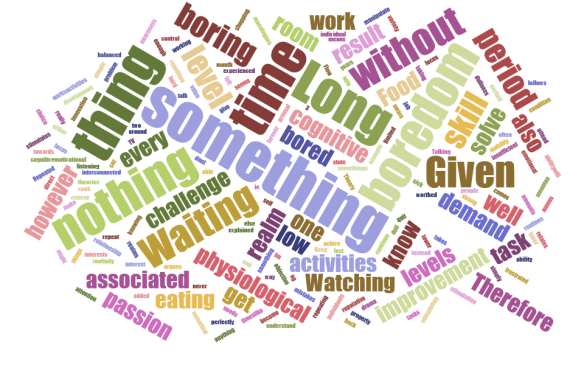
Figure 11. What people say about boredom
Varying Activities & Being bored
I utilized various methods of gathering information, some of which directly related to the matter in hand, some others might not as much. Nevertheless, as Makri et.al. suggest, this is also an important step of the whole creative thinking process.
And as many researchers and creative professionals have suggested, it is important to take a break from inputting information into your brain and daydream, especially in producing creative works. Hence, this is what I did many times, while doing subconscious-safe activities (those who do not need much cognitive power; i.e. boring activities) or even when doing nothing.
Several Takeaways after Personal Contemplation
Boredom can be associated with both affective and cognitive, i.e. as one’s perception of something and the ratio of the person’s skill level to an activity’s challenge level.
Boredom can be explained as a saturation level of information (about something) in a person’s mind, i.e. familiarity. There is a threshold within which an activity or object will not be perceived as boring. But when the level is either too low or too high boredom can happen. Familiarity is obviously affected by time and memory; e.g. a repetition with high frequency (happens often in a short period of time) has high saturation level.
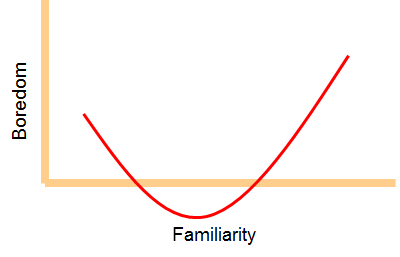
Figure 12. Boredom & Familiarity
Most people perceive boredom as a negative situation that must be avoided. However, many creative professionals have emphasized that boredom is a fuel of creativity and how instant external stimulus can be a serious distraction to this.
Indeed, creative works differ to those that are goal-oriented in that the former require divergent thinking much more than the latter. And divergent thinking happens in the internal contemplation phase when incubated ideas clash with each other and create new ideas and perspectives.
The Artefact
I developed a Virtual Reality application, CountingStars that runs on the Android Operating System using a game development platform, Unity. VR environment offers immersive experience to the user, so he can create a space in time for himself and be bored free of external distraction.
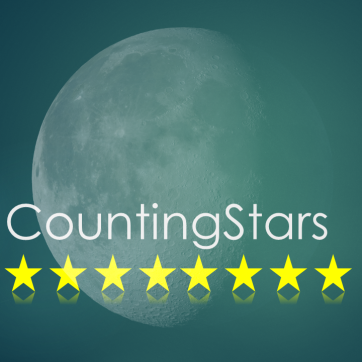
Figure 13. CountingStars icon

Figure 14. CountingStars running in Unity
What the user does in the game is sit on the moon and count the stars, which spawn indefinitely just like real stars in the sky. He counts a star by staring at it for some time (~1 second). The counted star will then disappear, so that the user will not count it twice.
The game does not provide real time feedback about neither the time passed nor the real counting as it meant to train the user to be patient in being bored and obviously the counting itself is not important.
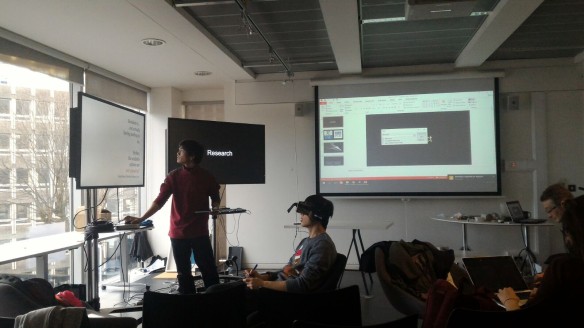
Figure 15. Presentation day. Thanks to Lee for being my participant.
Game assets are credited to:
Music: Moon River by Audrey Hepburn, piano covered by Piano Instrumental Covers
Moon terrain by Black Sun
https://www.assetstore.unity3d.com/en/#!/content/35818
Sparks prefab by James Heazlewood
Further information about the platform:
Unity
http://www.unity3d.com/
Google Unity SDK
https://developers.google.com/cardboard/unity/
References
Hoover, Michael. “Extreme individualisation, false subjectivity and boredom.”Virginia Journal of Sociology 2 (1986): 35-51.
Klapp, Orrin Edgar. Overload and boredom: Essays on the quality of life in the information society. Greenwood Publishing Group Inc., 1986.
Makri, Stephann, et al. ““Making my own luck”: Serendipity strategies and how to support them in digital information environments.” Journal of the Association for Information Science and Technology 65.11 (2014): 2179-2194.
Mann, Sandi, and Rebekah Cadman. “Does Being Bored Make Us More Creative?.” Creativity Research Journal 26.2 (2014): 165-173.
Mischel, Walter, Ebbe B. Ebbesen, and Antonette Raskoff Zeiss. “Cognitive and attentional mechanisms in delay of gratification.” Journal of personality and social psychology 21.2 (1972): 204.
Smallwood, Jonathan. “Mind-wandering while reading: Attentional decoupling, mindless reading and the cascade model of inattention.” Language and Linguistics Compass 5.2 (2011): 63-77.
Scott, Marvin B., and Stanford M. Lyman. “Accounts.” American sociological review (1968): 46-62.
Web URLs, last accessed 10/12/2015
http://www.huffingtonpost.com/phil-cooke-phd/down-time-creativity_b_1078042.html
